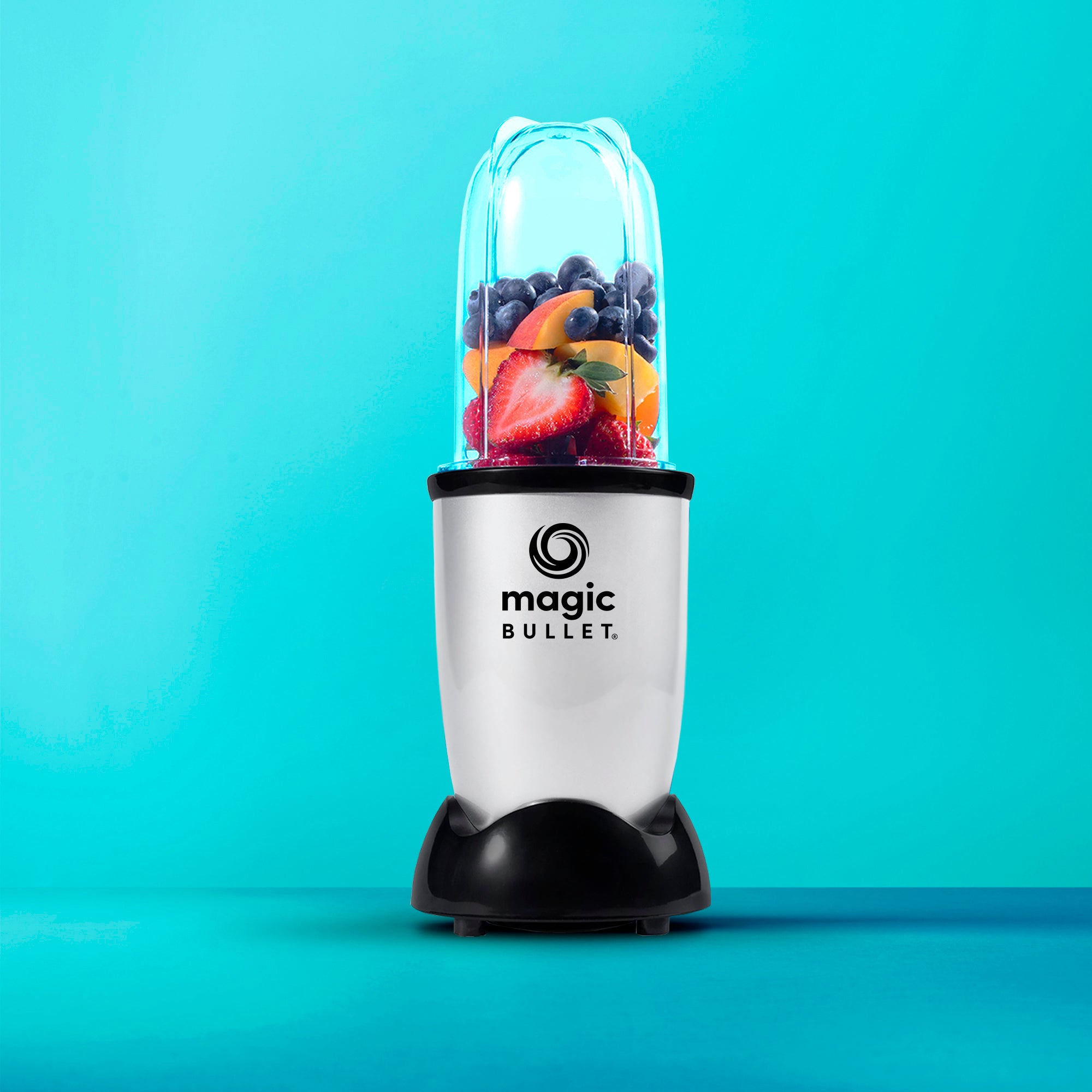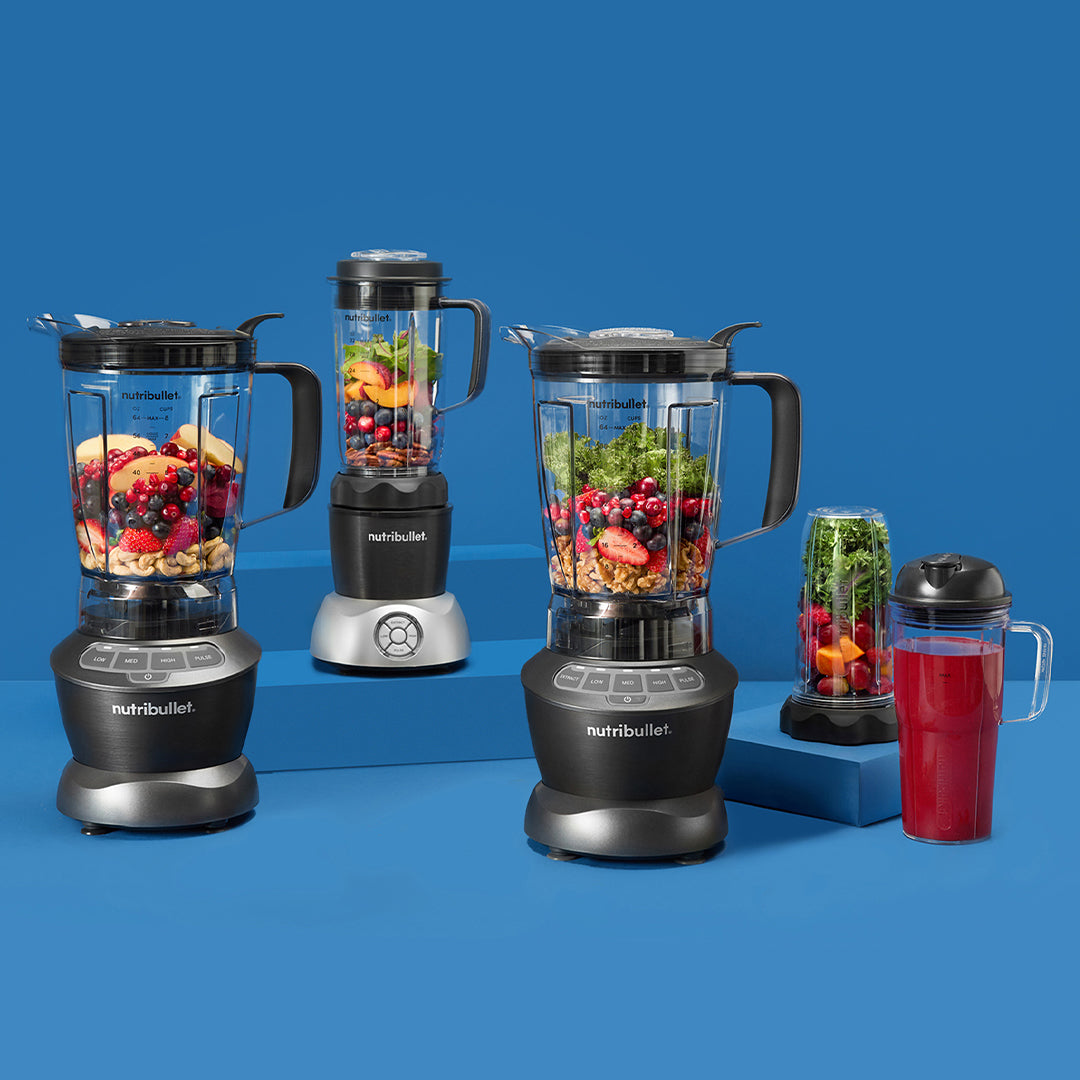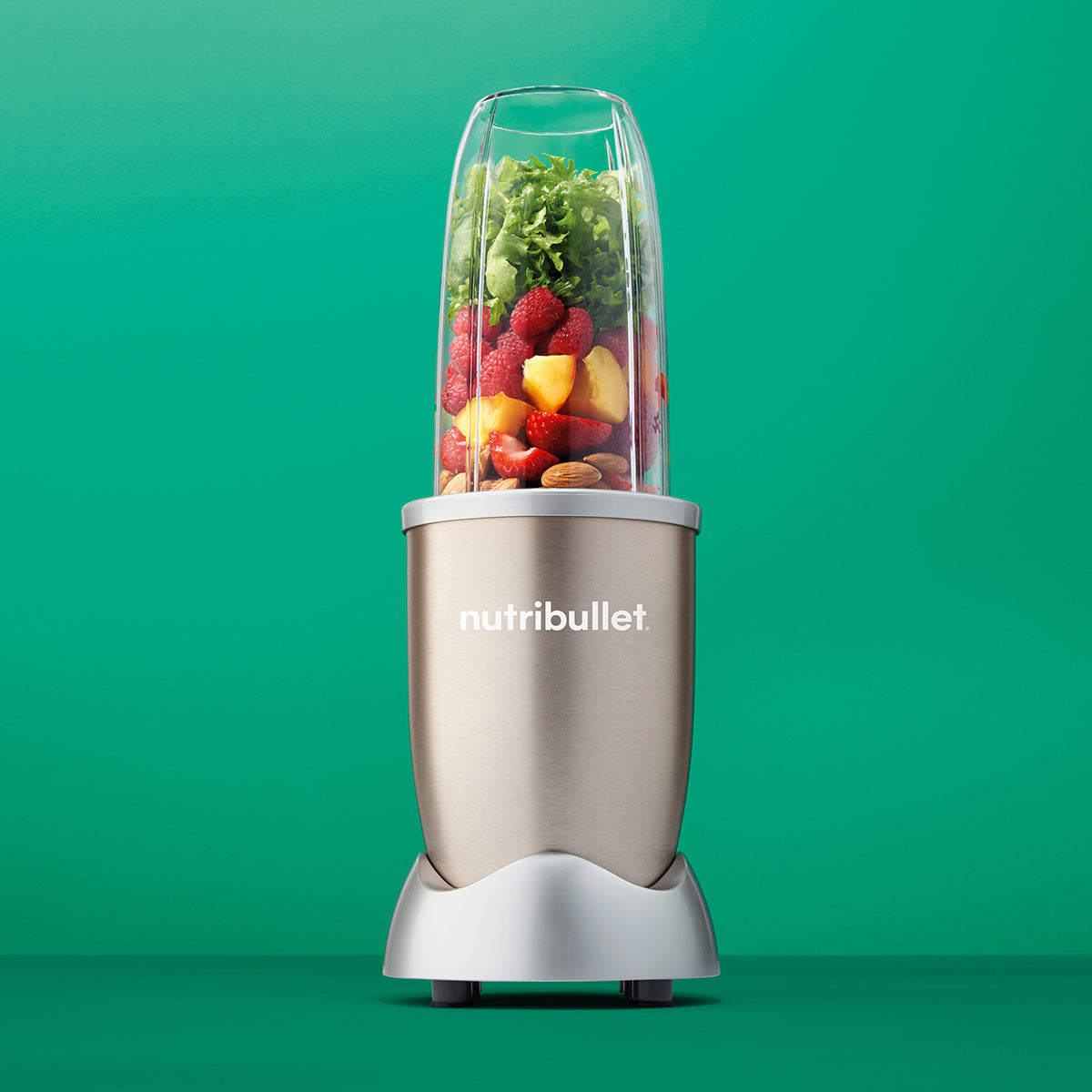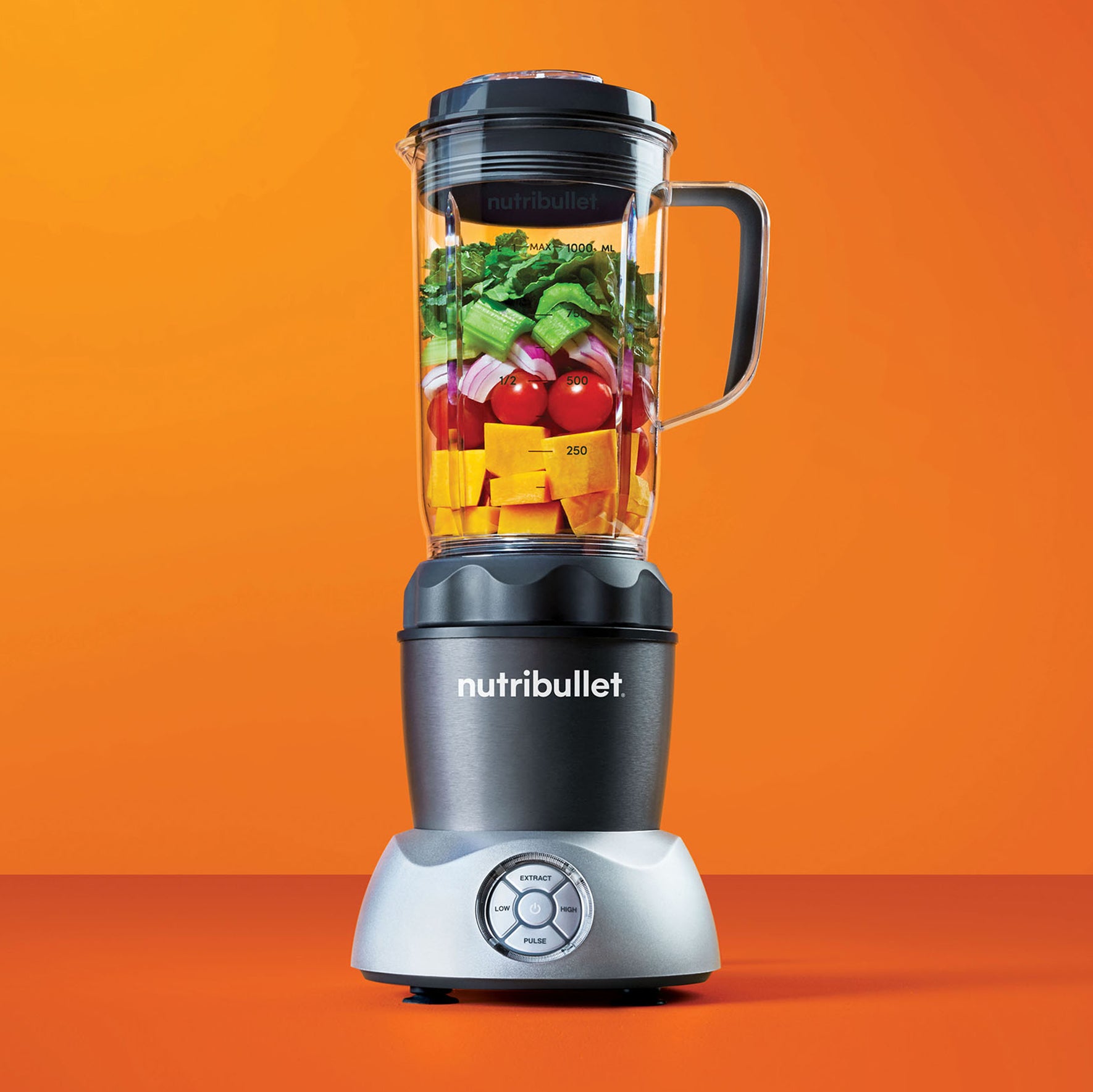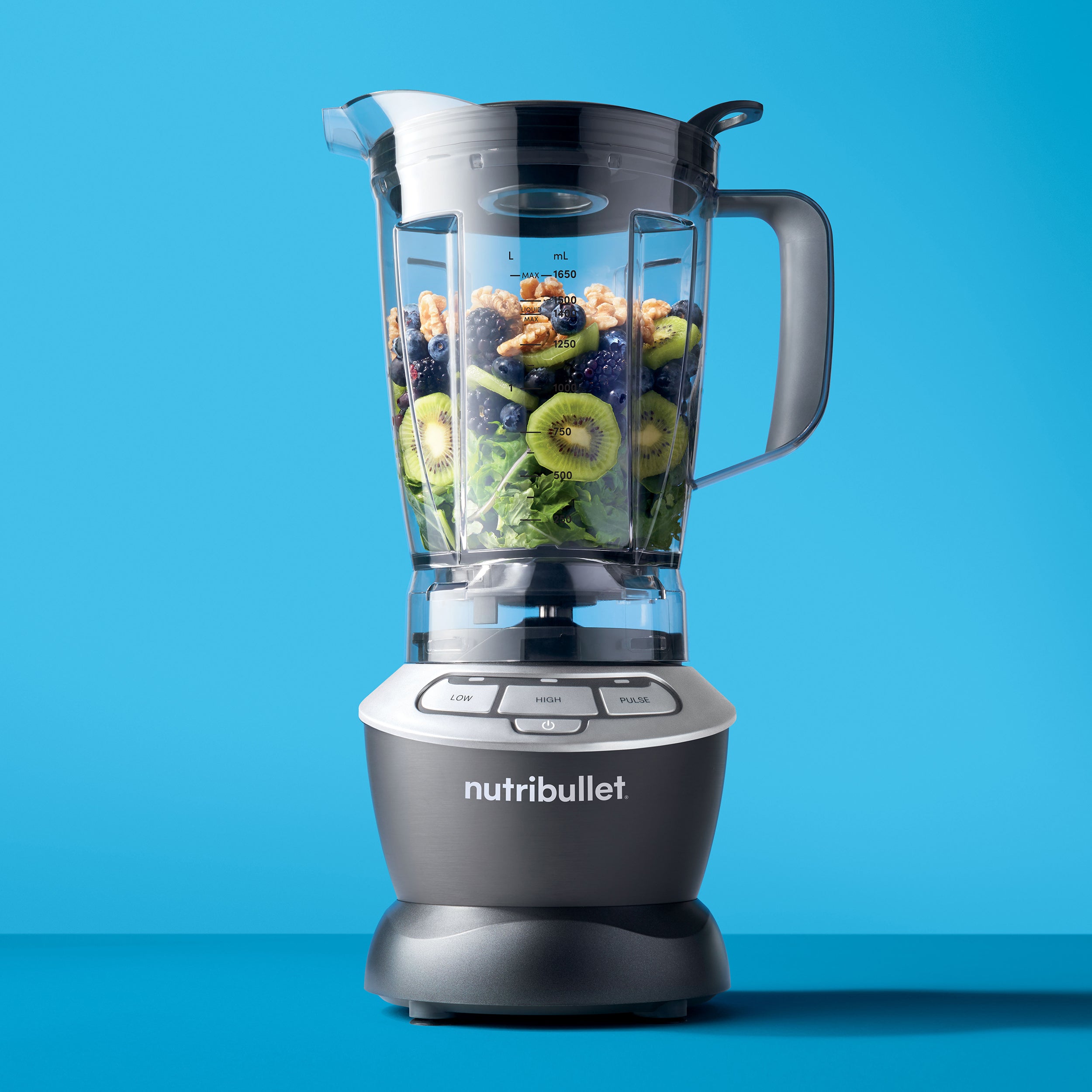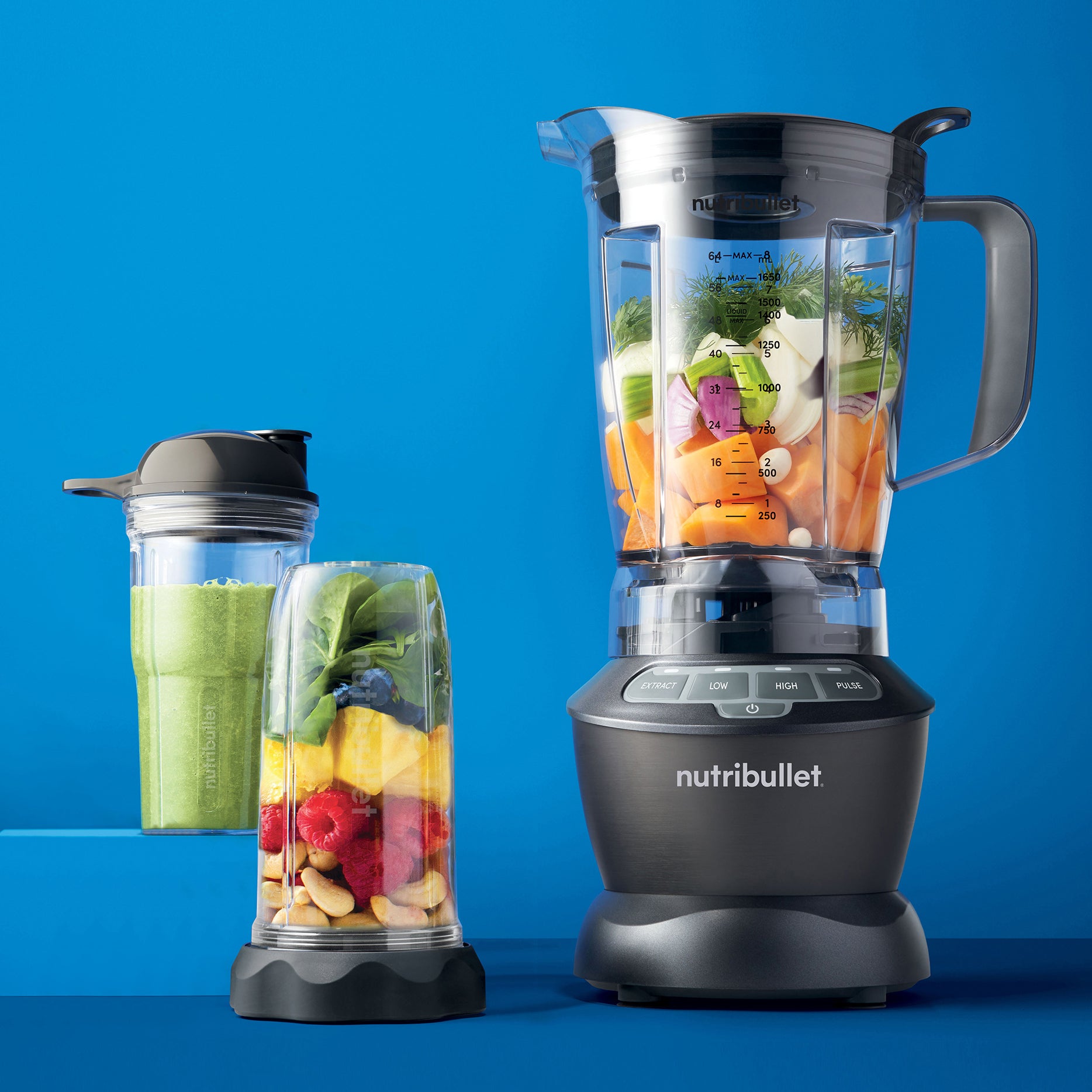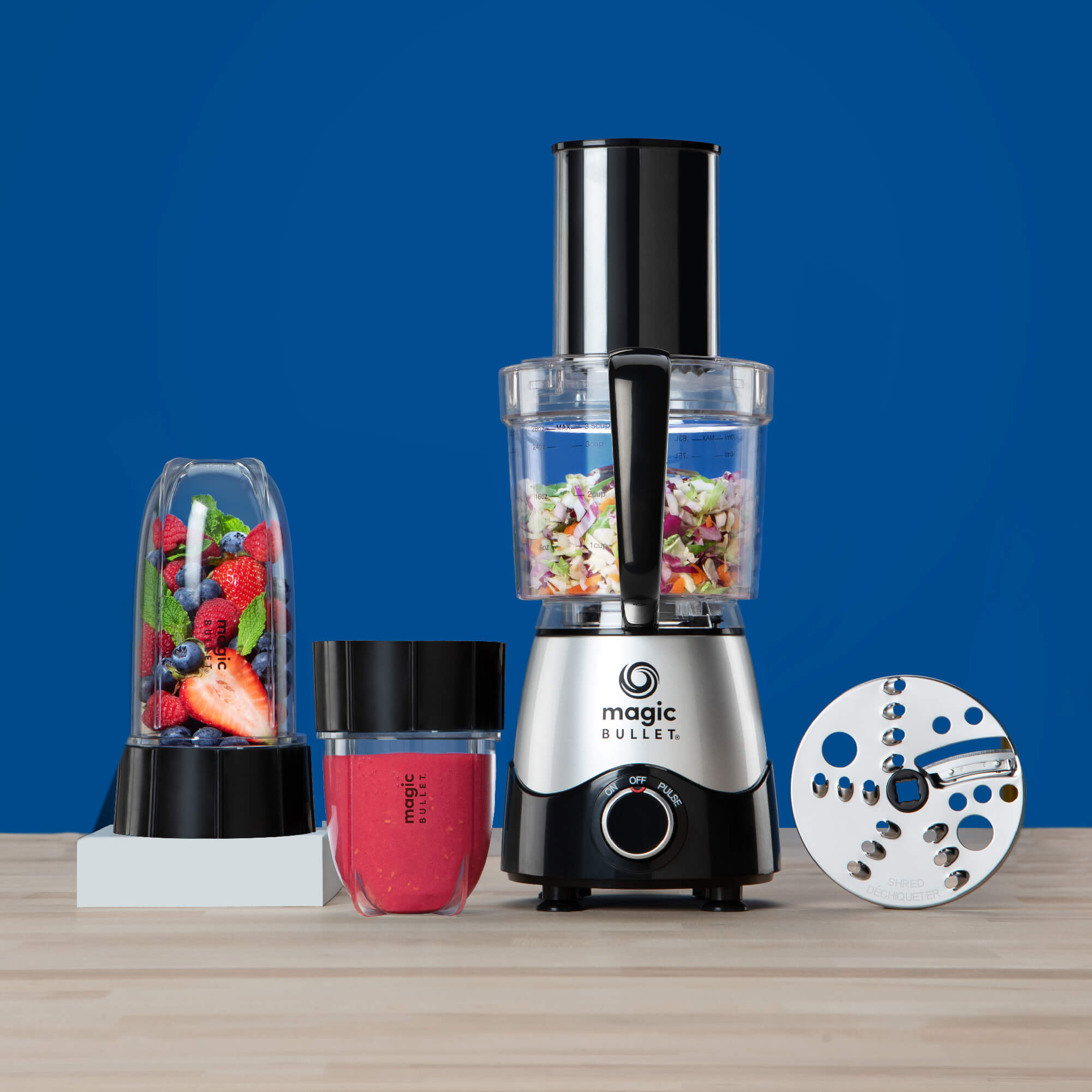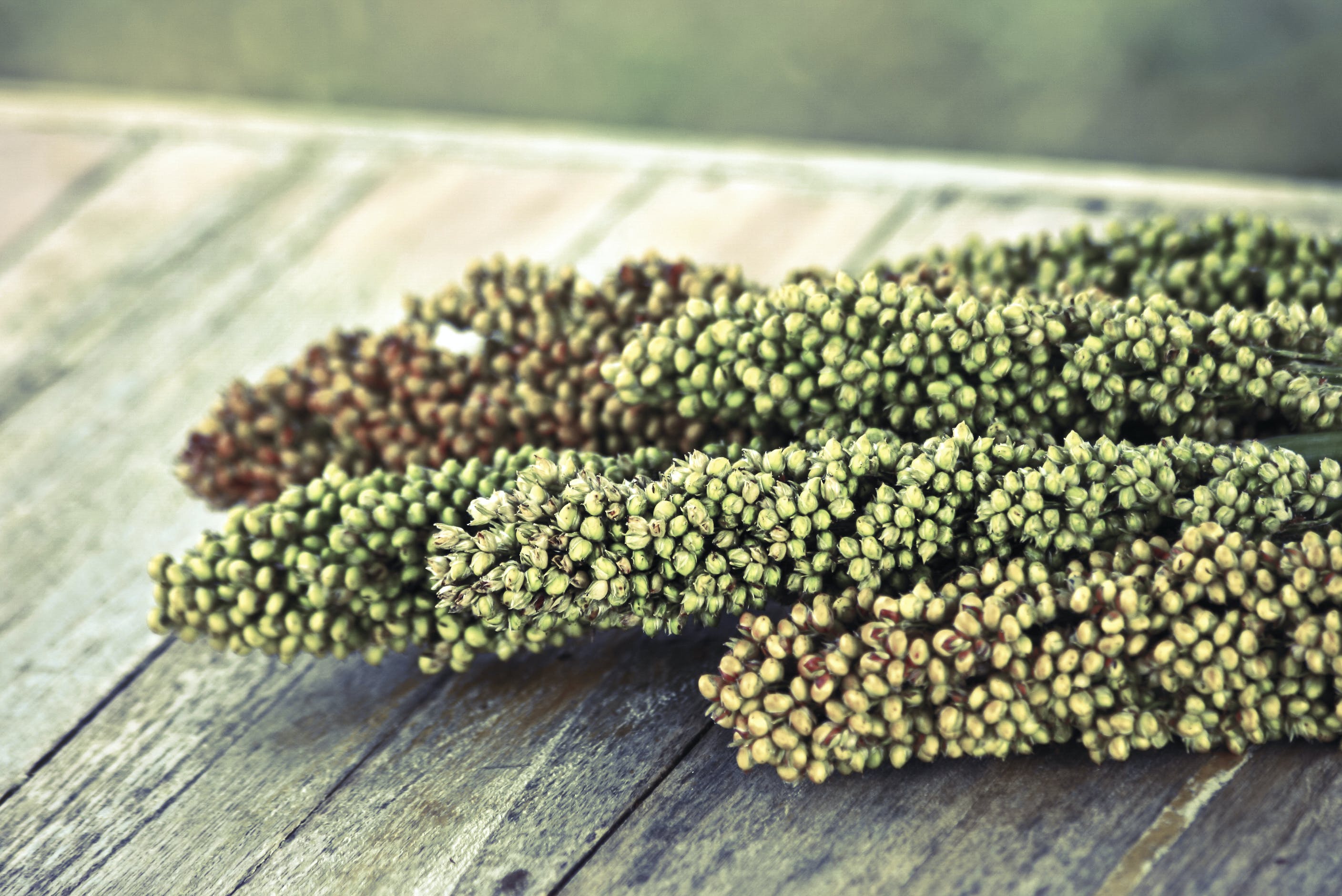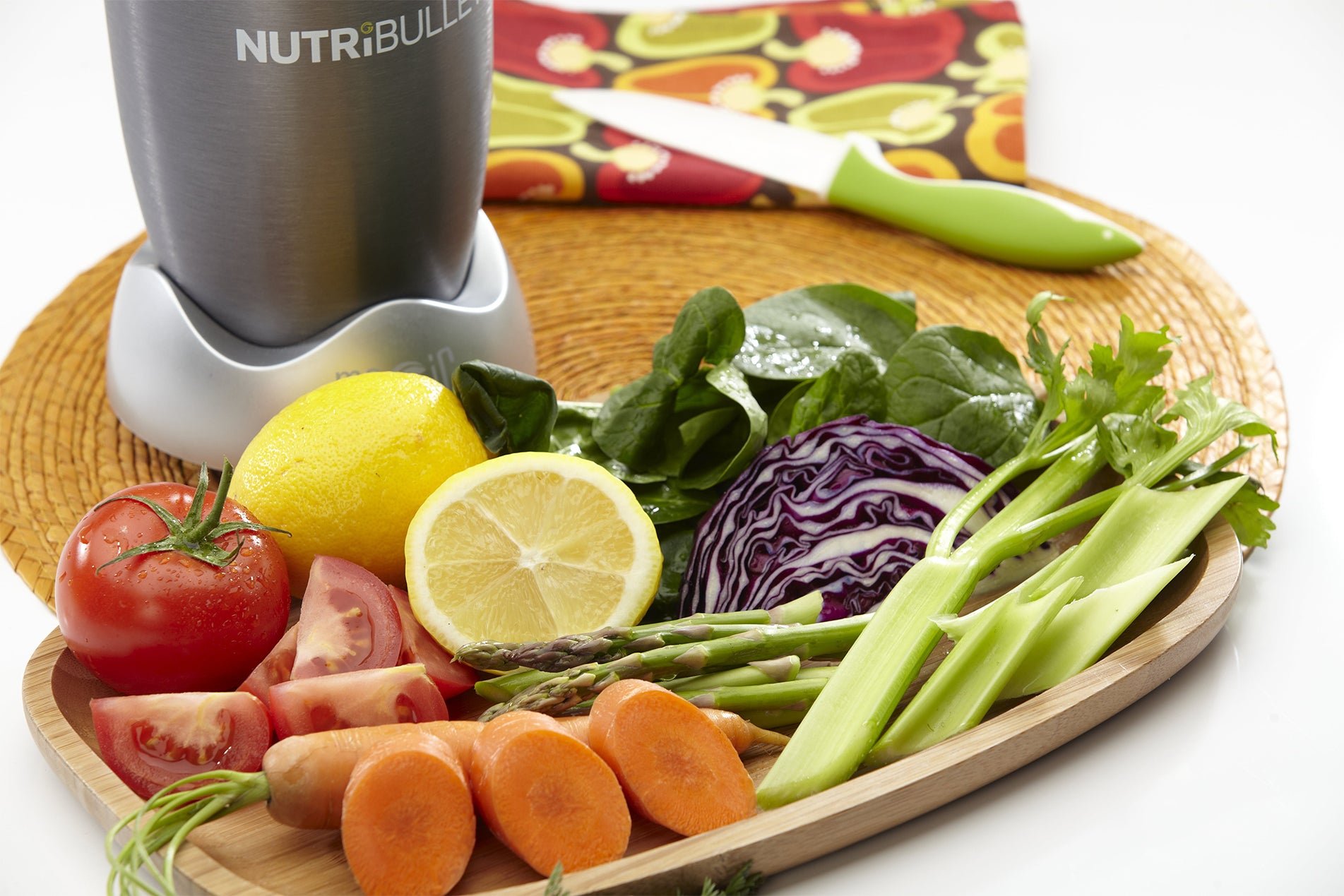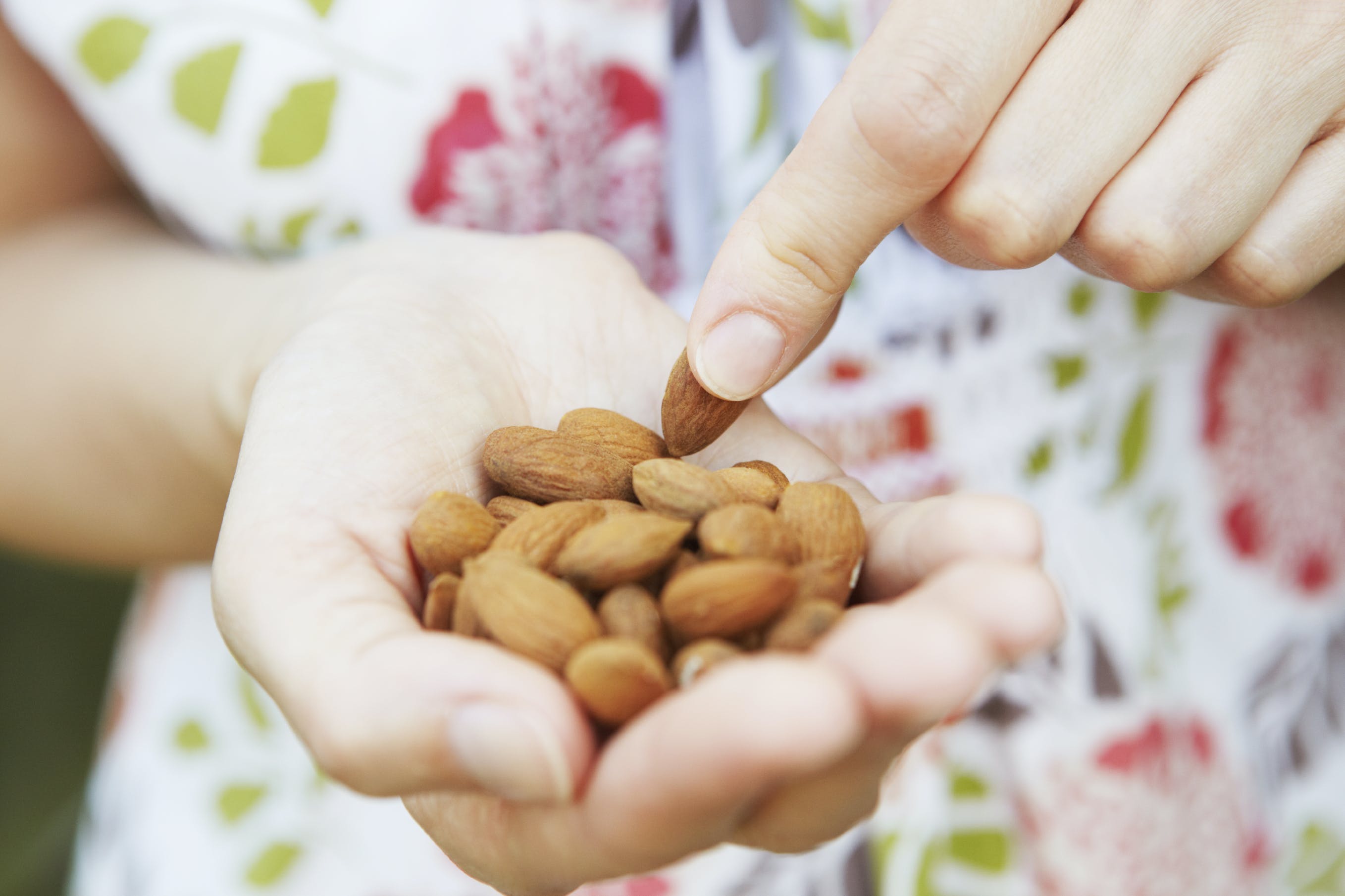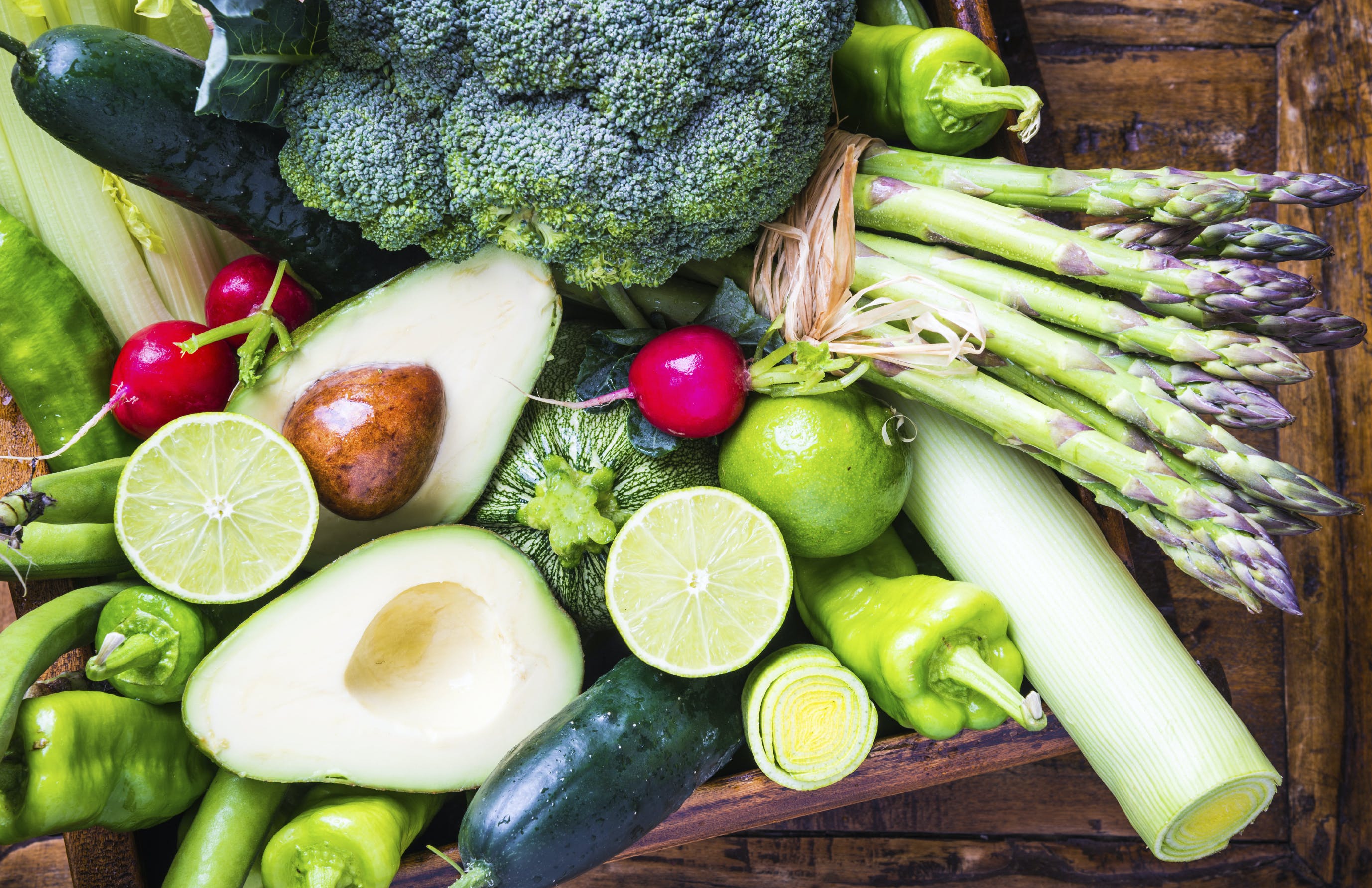Quinoa? Spelt? Millet? Where were these grains when we were little? As children, these ancient grains were unheard of, but in recent years we’ve seen them spring up in cereals, breads, granola bars and more. The gluten-free world we live in has opened our eyes to grains we never knew existed a decade ago, and now, there’s another grain in town to add to your repertoire: sorghum!
It’s exciting to think of all the possibilities these newly discovered grains (new to us!) add to recipes and to our health. Sorghum has recently taken center stage as the newest and coolest ancient grain out there, a whole grain that assists with blood sugar control and which can be substituted for rice just like its cousins, quinoa, buckwheat, Israeli couscous, and barley. Sorghum is a grain native to Africa, making it drought-resistant and easily cultivated in all parts of the world – even in the U.S. It is high in protein, fiber and is a good source of iron and zinc, making it an excellent grain for vegetarian diets.
Originally, sorghum was brought to the U.S. to feed livestock. It was soon discovered that the syrupy by-product could be used as a sweetener. Because we’re moving away from nutritionally devoid grains and starches as a society, sorghum is quickly becoming a nutrient powerhouse welcomed in our diets.
If you haven’t heard of this grain yet, you’re sure to start seeing it pop up in your grocery stores and markets. It’s had a slightly slower journey to American awareness than quinoa, but its pace is quickening very fast!
It has a somewhat slower cooking time than rice and quinoa, making it slightly less convenient, but it can be made with little to no effort when using a crockpot, rice cooker or pressure cooker. There are also versions of sorghum available, such as pre- and partially-cooked sorghum (to speed up preparation time), popped sorghum (to eat as a snack), sorghum flour (to bake with), sorghum flakes (added to boxed cereals and crackers) and even sorghum beer for the gluten-free beer lover.
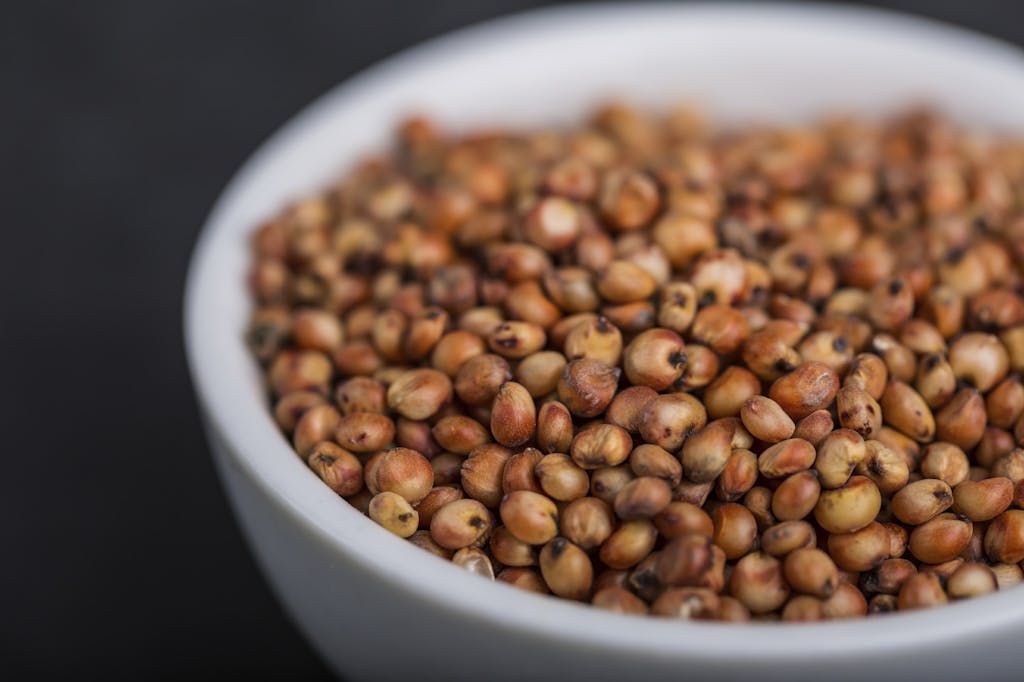
Any way you choose, try it and enjoy it as another way of varying your diet and your nutrient intake! As always, be adventurous with your diet. You may surprise yourself and find yet another way to enjoy healthy eating!
Nutritional information
Recipe: Creamy Green Strawberry Dream Serving in this recipe:1
- Calories: 236.6
- Total Fat: 3.6 g 5.5%
- Saturated Fat: 0.4 g 1.9%
- Cholesterol: 0 mg 0%
- Sodium: 358.7 mg 14.9%
- Total Carbs: 45.7 g 15.2%
- Dietary Fiber: 9.9 g 39.4%
- Sugar: 22.1 g
- Protein: 8.1 g 16.2%
- Vitamin A: 481.9% Vitamin C: 244.1%
- Calcium: 68.5% Iron: 26.1%
* Percent Daily Values are based on a 2,000 calorie diet. Your daily values may be higher or lower depending on your calorie needs.



